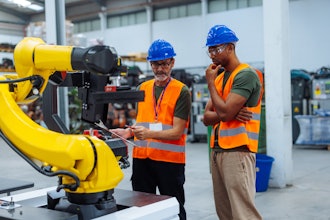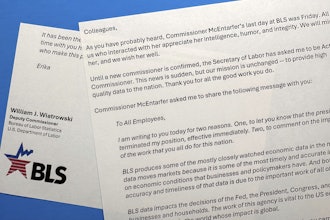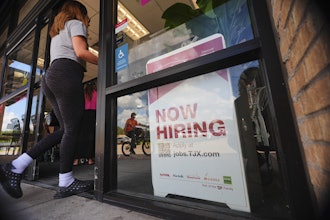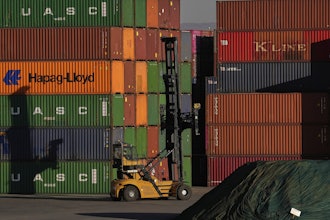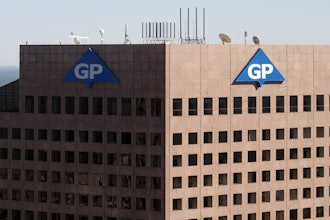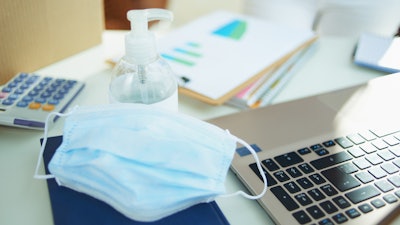
It’s a confusing time in history for everyone right now across our global community. COVID-19 continues to shake our daily lives.
As we look ahead, schools are weighing half week in-class schedules, companies have introduced staggered in-office shifts, and some airlines have cleared middle seats. Changes to our daily routines due to COVID-19 from stay-at-home to now the re-opening of non-essential businesses forces us to evaluate our perception of safety. We see it happening in many places in the U.S. As an extreme anecdote; people are even questioning if the virus is real or just propaganda like one man in Michigan confronting a fellow grocery store shopper who is a nurse about her mask. Those of us wearing masks are doing our part to slow the spread, but the reality is, mask fatigue is here.
Mask fatigue can be both a physical challenge, as well as an emotional and mental challenge. When we wear masks for more extended periods (especially now in the summer heat), full lung respiration can be inhibited. There's understandable mental exhaustion that comes from hiding away and taking multiple extra precautions (including masks) each time we leave the controlled safety of our homes. However, we have to balance the knowledge given that Coronavirus continues to spike in some states where re-opening and lack of mask-wearing are happening. Experts advise taking breaks when safe to avoid mask fatigue. How do we then create these cherished moments and environments at work?
The Results of COVID-19 at Work
In the past few months, data shows that office space capacity and use in the U.S. has been down by up to 80%, but we know that’s not sustainable for most industries in the long-term. Though in high-income countries, 27% of workers could telework from home as reported by the International Labor Organization (ILO), the reality is that many business functions require in-person collaboration or quality control. For most of our daily workforce whose job duties require that they are physically present, what's the alternative?
The U.S. has contributed relief packages for the first $2.2 trillion and an additional $484 billion, which is way more than the total spent in the past 50 years of military conflicts. We cannot afford to lose any more business with the continued trickle down to our employees and our government. Weighing all of the mental health and pandemic repercussions of recirculating in society again, what can we do to safeguard our workforce and country?
 iStock
iStock
Health Care Inside the Workplace
As one of the primary strategies for supply chain management, testing is critical as the way states, and now companies have identified contact tracing and transmissions. Smithfield Foods Inc., Ford Motor Co., and United Health Group Inc., to name a few, have all implemented mailed test kits, entry health screening tents, face mask policies, and social distancing. Knowledge, as always, is power. They've recognized that their workers and managers want to know that they're at minimum possible risk so they can focus on the work at hand, not the anxiety of being there.
Telemedicine is also something employers will have included in workers' healthcare plans to stem the COVID-19 influx into their companies, which may be essential additionally for the mental health implications arising. In a May policy brief from the United Nations, “a long-term upsurge in the number and severity of mental health problems is likely.”
According to findings from the Society for Human Resource Management (SHRM) in April, 71% of companies are finding it difficult to shift gears to remote work. Creating momentum among staff is also problematic, with morale cited as a challenge with 65% of managers. Unplugging from work (22%), loneliness (19%), and collaborating and communication (17%) are the top three struggles listed in Buffer.com's 2019 State of Remote Report. Employers must keep a close eye on the mental health of their staff with specific mental health programs and ideally in-office mental health care visits.
Changes in the Way We Function At Work
With the many new plans from CFOs, architects, and public health administrators, the way we interact and perform our job functions inside our schools and work will change to balance safety with “normal” life. 40% of CFOs plan on increasing automation and finding new ways of working from industrial products to consumer markets. To minimize the risk of exposure, 52% of CFOS are restructuring shifts.
Office utilization data was already showing that the highest rate of occupancy was in phone booths (41%) or solo-oriented spaces for quiet, focused work time. Occupancy analytics companies for businesses are another growing sector that won't slow down. This data will help managers create reliably safe spaces with the need for post-COVID-19 office space utilization data for restructuring employee traffic. Additionally, occupancy sensors can indicate desk use and signal sanitation staff to areas that need cleaning.
Six-foot visual cues, including floor carpet bubbles and arrows indicating narrow walkways are part of office interior designers’ and architects’ new plans. A return to offices or cubicles versus open workspaces is a realistic possibility. Creating the needed space, while retaining workforce culture will be the necessary balance to  Kennedy
Kennedy
Brendan Kennedy is CEO and Founder at NxTSTOP. His company provides PPE in the form of face masks for businesses and individuals. Contact Kennedy at [email protected], call 631-897-9751 or visit thenxtstop.com.










